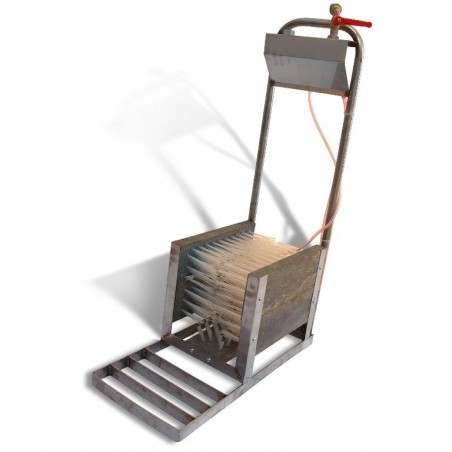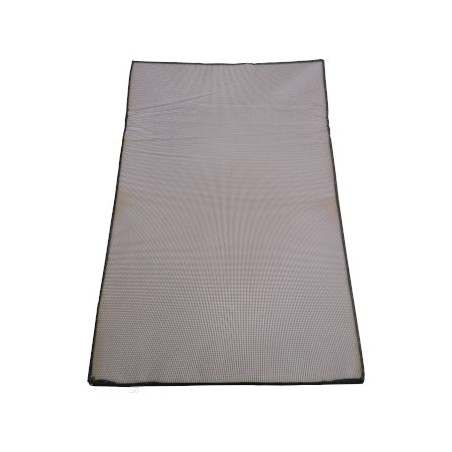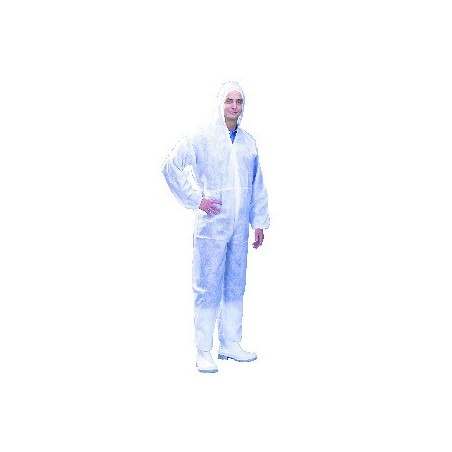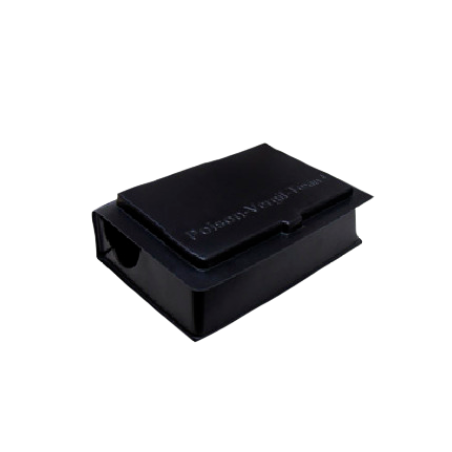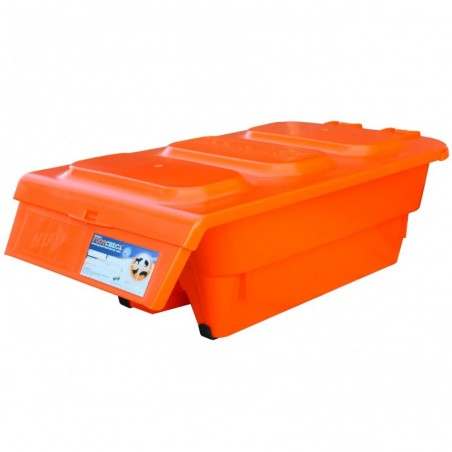During most of my working life, I believed that the most common biosecurity mistake was related to not knowing how to correctly differentiate between the clean and the dirty areas. I continued to think this way until somebody asked me to explain what I believed were the 5 most common biosecurity mistakes that pig farms make.

My first reaction was ‘how could a farm survive if they were making all of the 5 most common mistakes at the same time!’.
But I quickly realized that the question was actually asking about the 5 top mistakes in the swine industry and that they wouldn’t likely be occurring in the same farm simultaneously.
I relaxed then and I started to think about it.
Curiously, what I had considered as my number one mistake for most of my professional life became the fifth in importance. What would have happened if they would have only asked me for the top 4 mistakes?
1. Undervaluing the importance of biosecurity.
The first thing we need to implement in a production system, much earlier than the introduction of animals, is a well-designed set of biosecurity plans and protocols.
The changing rooms, the loading docks, etc. all need to be ready before production starts. It is easy to imagine a multi-barn site where the first barn is filled with animals before the second one is finished. What must be avoided at all costs is finishing the changing rooms only after the last barn has been finished.
2. Not fully understanding the protocols.
It is very important to understand the different protocols so that way they are implemented correctly and remain useful over time.
A biosecurity protocol that is implemented by obligation but not understood will, sooner or later, be an ineffective one.
Everybody must understand the rules and the way to apply them: owners, farmers, veterinarians, etc.
A perimeter fence is a legal requirement in many parts of the world for preventing the entrance of human and animal intruders, including domestic (i.e. cats and dogs) and wild animals (i.e. wild boars or foxes). Swine farmers understand that a wall is more effective than a fence for these purposes.
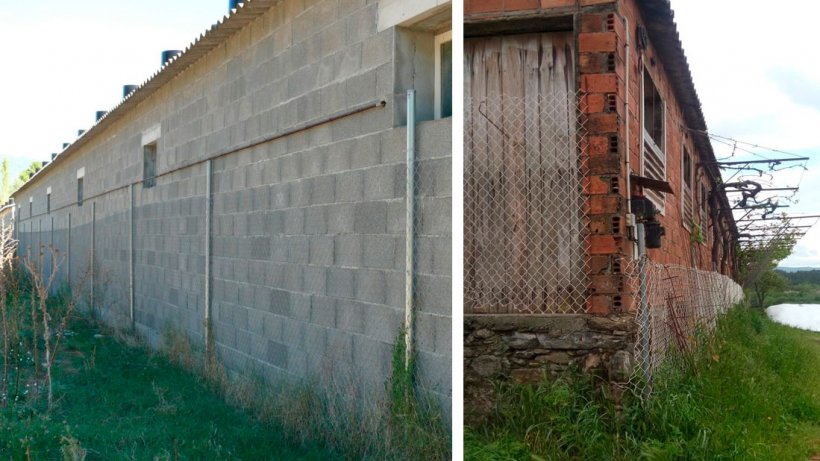
This fence only complicates lawn mowing and gives rats a surface to climb on. This was a necessary change for the farm to be granted the appropriate permits.
They also understand that changing clothes properly and washing hands correctly is better than taking a shower incorrectly.
It doesn’t make sense for a clean and disinfected truck to arrive at the farm if the truck driver responsible for the loading is wearing dirty boots and clothes.
3. Thinking biosecurity rules are only necessary for large production systems.
Biosecurity protocols must be applied in all production systems no matter the size.
We must understand that biosecurity protocols are those actions that we can do to prevent the entrance of infectious diseases in our production systems.
But we should also understand that these protocols are also useful to prevent the exit of certain infectious diseases from our production systems. This is what we understand as biocontainment.
We must take into account that there is a series of very important infectious diseases such as those that do not only affect individual farms, but larger areas, and that they require large-scale efforts to be eradicated. Examples of those types of diseases include Foot and Mouth Disease, African swine fever, Classical swine fever, and Aujeszky’s disease. These diseases are referred to as transboundary or foreign animal diseases and are a global concern.
Biosecurity/biocontainment protocols are applicable to all swine, from larger farms to owners of pet pigs.
4. It is dangerous to be over confident in your biosecurity protocols if they are not effective.
Having a higher number of biosecurity protocols leads to less risk. However, we need to remember that zero risk will never exist.
Disposable paper overalls and disposable plastic over-boots are pretty useless, they simply give a false sense of security.
A disinfection arch or bath is a completely effective biosecurity step, but it would be very optimistic to believe that everything that went under the arch or through the bath is completely disinfected.
The best part of an insurance policy is not having to ever use it.
5. Not properly identifying the clean and dirty areas.
The boundaries of the clean area, the animal production area, must be perfectly defined and separated from the rest of the world, the dirty area.
This is especially important at the necessary points of contact between the animal production area and the rest of the world such as load in/load out areas, supply entry areas (animals and equipment), personnel entry area, dead stock pick-up area, etc.
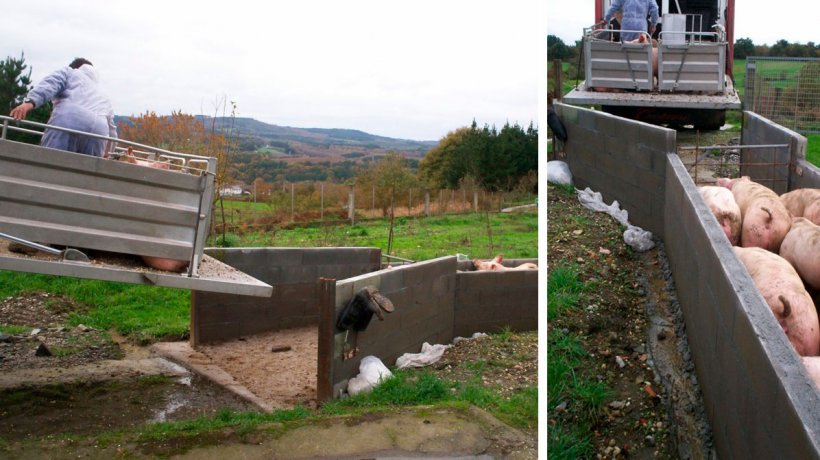
The limit between the clean area and the dirty area must be very clear. This is extremely important at the load in/load out areas for people and animals.
At this point, I think that our production systems are still working with too many biosecurity errors. Can you imagine what could happen to us if we drove our car while systematically failing to comply with 5 road safety rules: driving too fast, above the legal alcohol levels, without brakes, with bad tyres, and not strapped in!!
Let’s act accordingly.





